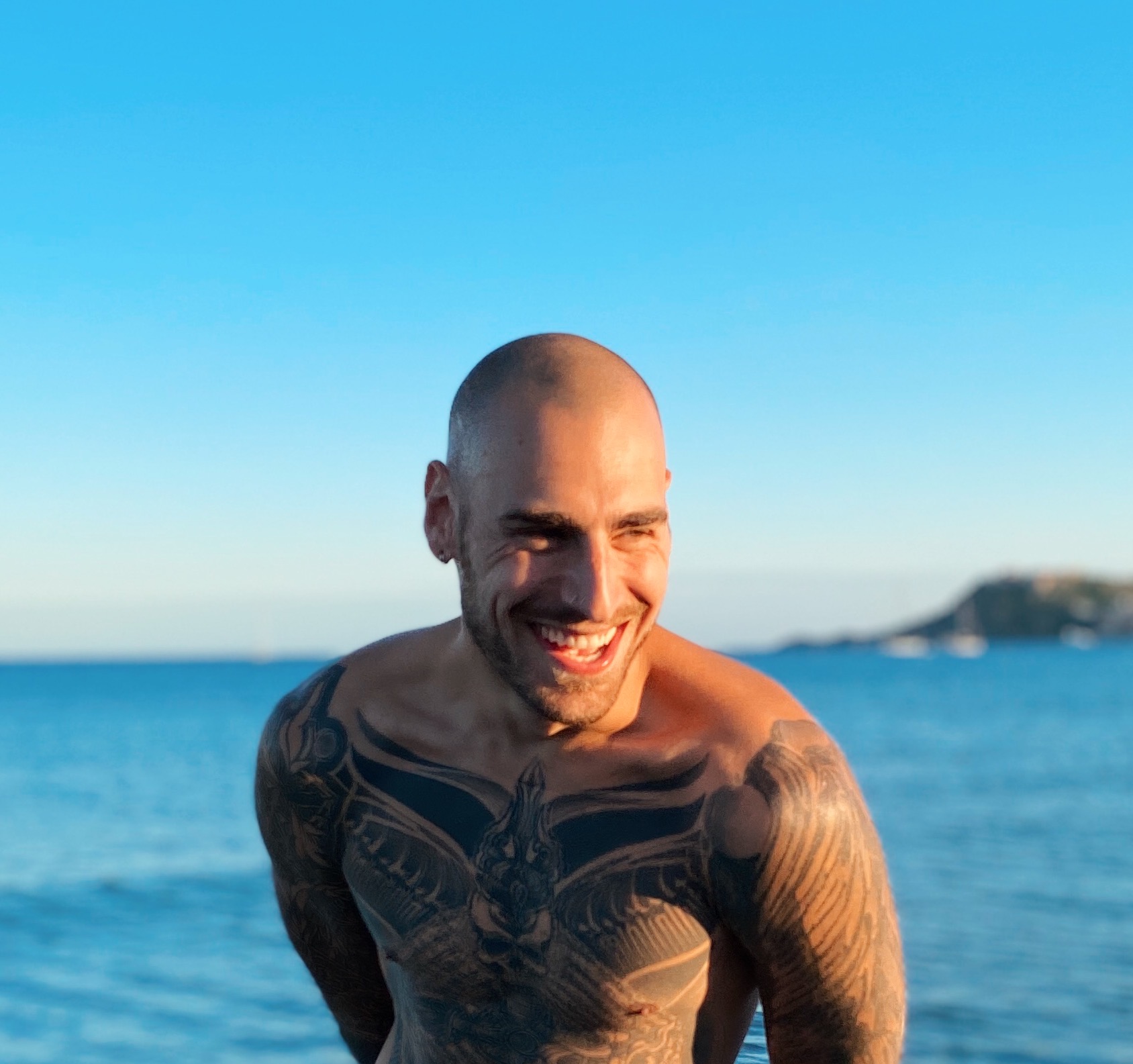Inversions are some of the most fun and uplifting asana’s we can do in our practice, whether that’s in say a pincha or a handstand. There’s no doubt that inversions are a great way to play and explore movement, but I really believe there is a deeper side to them. They teach you a lot about yourself, a quick gateway into understanding your breath, your focus and where your state of mind is at. When we go upside down, we have to be solely focused on exactly what we are doing, pure concentration. I am an inversion junkie for these reasons. I won’t lie to you though, the journey is challenging, and one that takes constant work. But it’s one that teaches you so much about patience and accepting where the mind and body may be on a certain day, letting go of an outcome of a situation, and just experiencing the practice.
Perspective and Reflection
Going upside down changes things. Time slows down and everything blurs around you. The rest of the world fades out around you and all you are left is with your breath and your body. Being in that state, I feel they bring you in tune with your inner essence, a heightened sense of stillness and raw energy, not questioning your movement or actions.
How my inversions are when I step onto the mat tell’s me a lot about where I am mentally and energetically. When I am in a flow state, not thinking and just feeling my way, it’s naturally there and I feel like I’m just floating. On days where my mind is a mess and my practice feels heavy, I can’t hold a single thing. But either way, focused or unfocused, inversions give us the opportunity to look within, to access your inner monologue at a deeper level.
Whether that’s in a pincha mayurasana or legs up the wall in a restorative shoulder stand, it draws us in. Allowing us to be with whatever is going on. To feel with a sense of pacification and surrender. To let go into what simply is, and maybe asking those questions “Where is my mind? Where’s the breath and body awareness? Do I need to just slow down and come back to a space of control or do I need to lay with my legs up the wall with a bolster under my back?”
Inversions (as with everything in yoga) is a tool to access that inner conversation.
How to Build a More Stable Inversion Practice
Inversions take consistent work. I wish I could say to you “hey just keep doing it and jumping around and one day, BOOM, it will happen”. Sadly, no. It’s more drills and training than doing. At Least that’s my experience. In saying that, as much as we need to to do the drills, we also need to muck around and just play and explore. It’s a fine balance. But these are five exercises I love to do and that have really helped me in my journey, hopefully helping you on your inversion journey.
- Wrists – Essential. We aren’t designed to put so much weight onto our wrists, so we need to really work the flexibility and strength. Every morning and before practice, I do them. There are heaps of great calisthenics and gymnastics wrist training videos on youtube I reference and have built my own routine out of so I recommend heading there. This is one I have taken a lot from.
- Core Work – core in everything is important. Yes, I know it sucks but hey, it is what it is. Hollowbody holds and V ups or (vertical V ups with socks) are my favourite for working the core both statically and dynamically.
- Lolasana Lifts – have hands about halfway down the thighs (use blocks if needed). Pressing down, lift hips up and try to keep knees as close into the chest as you can. You can keep your feet down on the ground or to make it more fun, try lifting the feet off of the ground. Work both dynamically and statically.
- Plank – one of the best ways to work straight arm scapular strength. Holding a plank for 1-2 minutes will do wonders.
- Handstand chest against the wall – one of the best ways to get used to the feeling and muscle activation as well as build endurance in your handstand. The closer you are to the wall, the more challenging it becomes. Try with split legs then legs together, then chest flat against the wall. Anywhere from 30 seconds, 1 minute, 2 minutes.
- Straddle Leg Lifts – another one of my favourites. These work your core, legs and your hip flexors and are a great way for working the muscles needed to begin to work our floats and handstand presses. In a wide-legged seated position, have your fingers out in front with the chest lifted and your spine long. Trying to keep an upright position, lift the legs as high as you can, lifting from the core and deeper muscles rather than the quadriceps. Go for 10 reps of three rounds.
—

Miles has been around movement, health and yoga all of his life. Growing up with a mother who was a yoga teacher allowed him to be introduced to the practice and its philosophy from a young age, although it wasn’t until his early twenties that he began to dive deeper into the realms of yoga. His lessons are intertwined with his deep love for the philosophy of yoga and the physiology of the human body, not only trying to develop his students physically but also spiritually. You can follow Miles on Instagram and check out his schedule on the website.
1The post Inverted State of Mind appeared first on Wanderlust.
from Wanderlust https://ift.tt/3kCiSDX
via flipkartrider
No comments:
Post a Comment